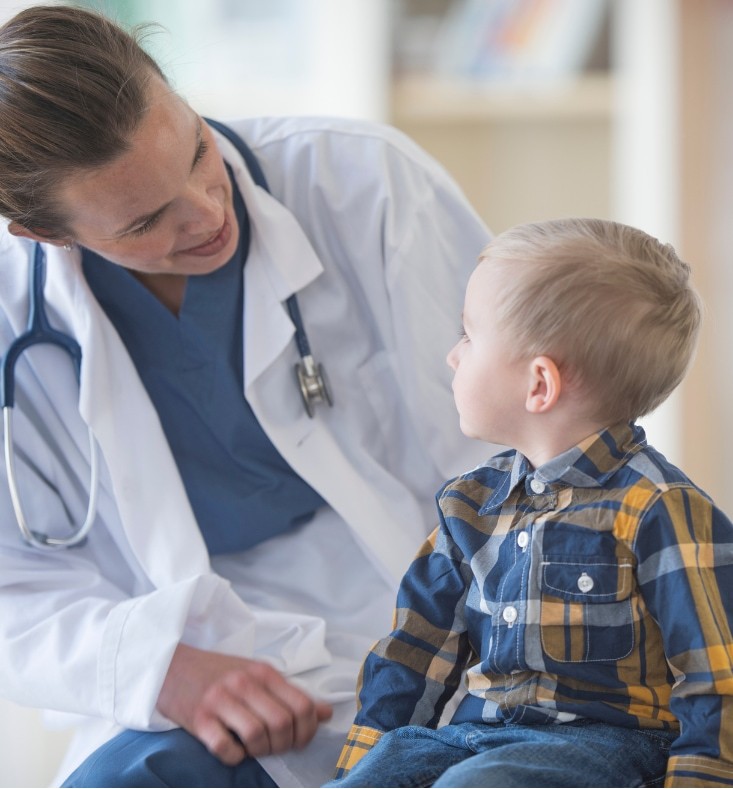Due to the chronic course of the disease, symptoms can reoccur over the course of a lifetime and fuel the disease again. However, simple care The disease cannot be cured and can occur again and again in the course of life. With regular care, however, it can usually be treated well, so that only slight symptoms or no symptoms at all appear for a long time. Especially in boys, the symptoms fade into the background with good and consistent treatment in adulthood.
During acute therapy, the doctor prescribes an ointment containing cortisone with a therapy plan lasting four weeks to three months - depending on the severity. During and after this, a nurturing maintenance treatment is carried out in the intimate area with moisturizing ointments that nourish the dry areas. Itching and burning are relieved. Appropriate preparations with thymus peptides obviously have a regenerating and supportive effect on the upper layers of the skin.
In a clinical observation1, the care cream Thymuskin Sclero discret, which contains a thymus peptide complex, was able to show hopeful results accompanying therapy: in over 71% of the cases of adult sufferers, there was a reduction in itching, burning and sclerosis, flare-free intervals could be extended, side effects did not occur. The cream is also suitable for children from 3 years of age.

